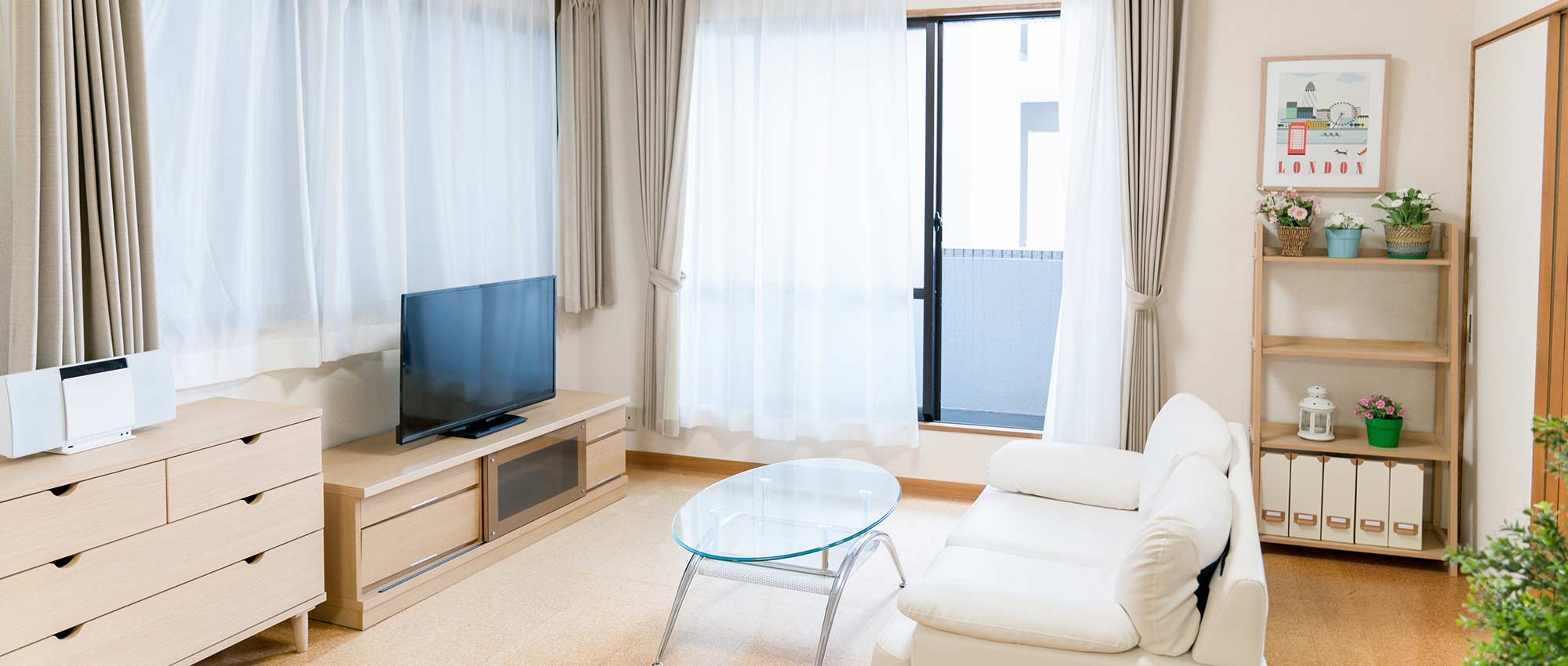Small Apartment Japanese Design: Maximizing Space and Creating Serenity

In the bustling urban landscape, where space is often limited, small apartments have become a necessity. Japanese design principles offer an elegant and practical solution to this challenge, providing a harmonious balance of functionality and aesthetics.

Key Elements of Small Apartment Japanese Design:

1. Minimalism:
Japanese design emphasizes simplicity and decluttering. Removing unnecessary items creates a sense of spaciousness and allows for a more focused and peaceful living environment.

2. Multifunctional Furniture:
Every piece of furniture serves multiple purposes. For example, a futon can be used as both a bed and a seating area, while a coffee table can also function as a storage unit.

3. Sliding Doors and Screens:
Sliding doors and screens allow for flexible space division. They can be opened to create an open and airy atmosphere or closed for privacy and separation.

4. Natural Materials:
Japanese design incorporates natural materials such as wood, bamboo, and paper. These materials bring warmth and texture to the space, creating a connection to nature.

5. Neutral Color Palette:
Neutral colors like white, beige, and gray form the foundation of Japanese design. They create a calming and serene atmosphere, making the space feel larger and brighter.

Benefits of Small Apartment Japanese Design:

1. Space Optimization:
By maximizing the use of space and incorporating multifunctional furniture, Japanese design creates a more efficient and organized living environment.

2. Serenity and Tranquility:
The emphasis on minimalism and natural materials promotes a sense of calm and relaxation. The neutral color palette and clean lines create a soothing and inviting atmosphere.
:max_bytes(150000):strip_icc()/studio-h-micro-apartment-renovation-studio-hoka-17A-69db78732c304478a0fbe1d9d16cd07b.jpg)
3. Functionality and Aesthetics:
Japanese design seamlessly blends functionality and aesthetics. Every element serves a purpose while contributing to the overall beauty and harmony of the space.

4. Flexibility:
Sliding doors and screens allow for flexible space division, adapting to different needs and activities throughout the day.

5. Timeless Appeal:
Japanese design principles have stood the test of time, creating spaces that are both stylish and enduring. The focus on simplicity and natural materials ensures that these designs remain relevant and appealing for years to come.

Tips for Implementing Small Apartment Japanese Design:

- Declutter and remove unnecessary items.
- Choose multifunctional furniture that serves multiple purposes.
- Use sliding doors and screens to create flexible space division.
- Incorporate natural materials like wood, bamboo, and paper.
- Stick to a neutral color palette to create a calming and spacious atmosphere.
- Add plants to bring nature indoors and create a sense of tranquility.
- Consider incorporating traditional Japanese elements such as tatami mats or shoji screens.





By embracing the principles of small apartment Japanese design, you can transform your limited space into a harmonious and functional haven that promotes well-being and serenity.



